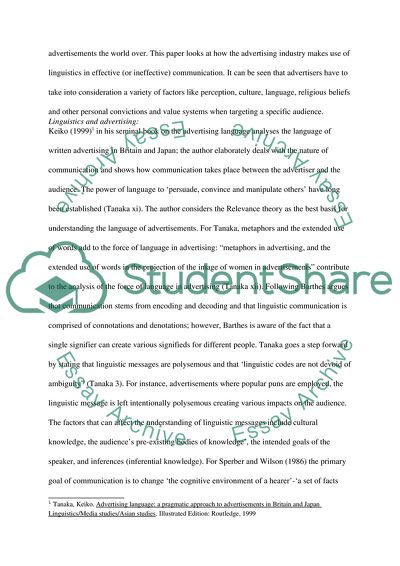Cite this document
(Language and Society Assignment Example | Topics and Well Written Essays - 1250 words, n.d.)
Language and Society Assignment Example | Topics and Well Written Essays - 1250 words. https://studentshare.org/media/1727449-language-and-society
Language and Society Assignment Example | Topics and Well Written Essays - 1250 words. https://studentshare.org/media/1727449-language-and-society
(Language and Society Assignment Example | Topics and Well Written Essays - 1250 Words)
Language and Society Assignment Example | Topics and Well Written Essays - 1250 Words. https://studentshare.org/media/1727449-language-and-society.
Language and Society Assignment Example | Topics and Well Written Essays - 1250 Words. https://studentshare.org/media/1727449-language-and-society.
“Language and Society Assignment Example | Topics and Well Written Essays - 1250 Words”. https://studentshare.org/media/1727449-language-and-society.


